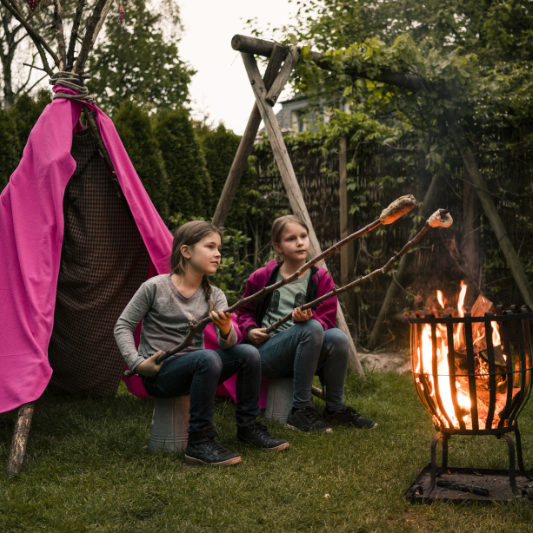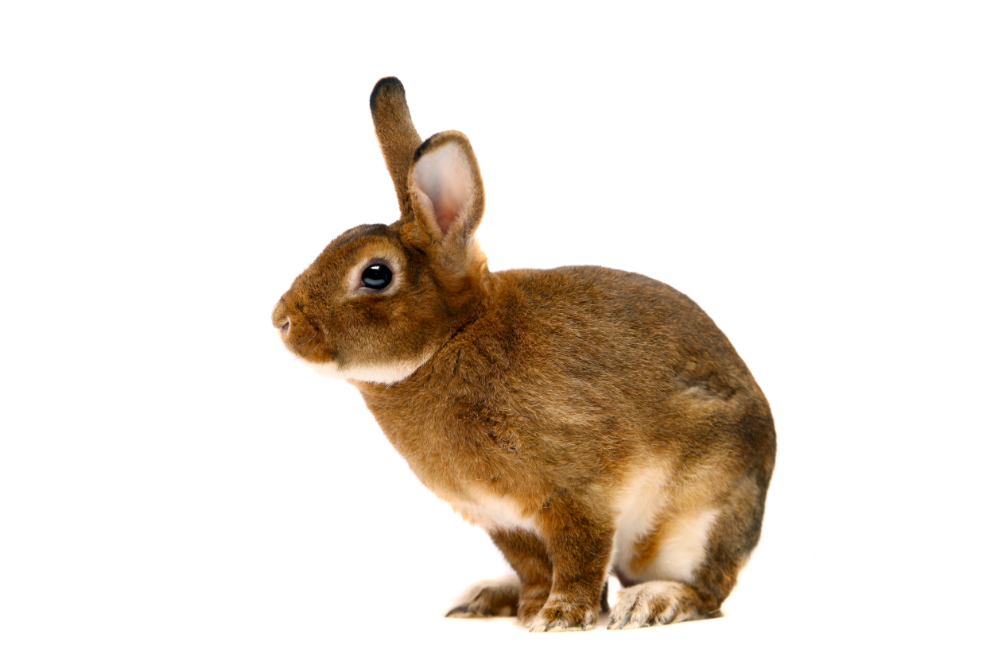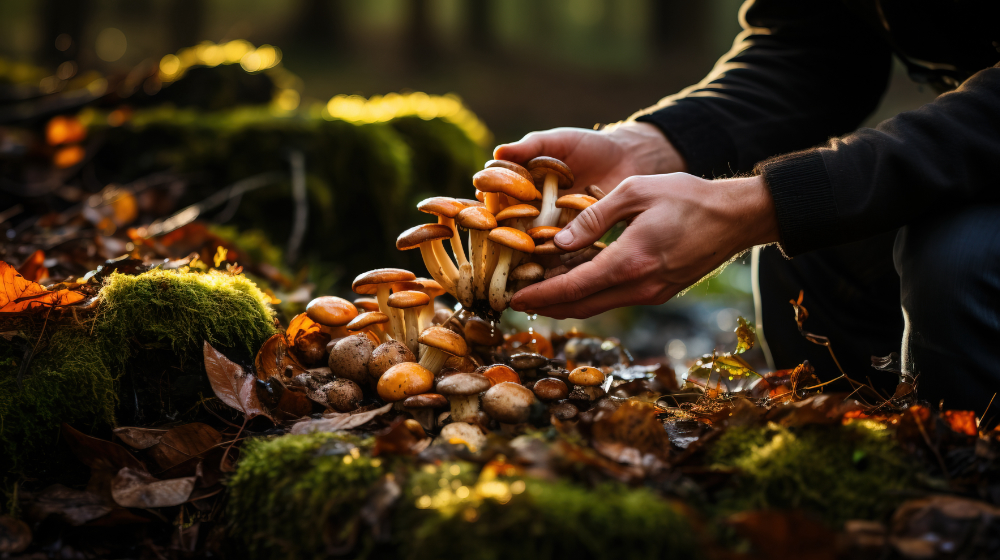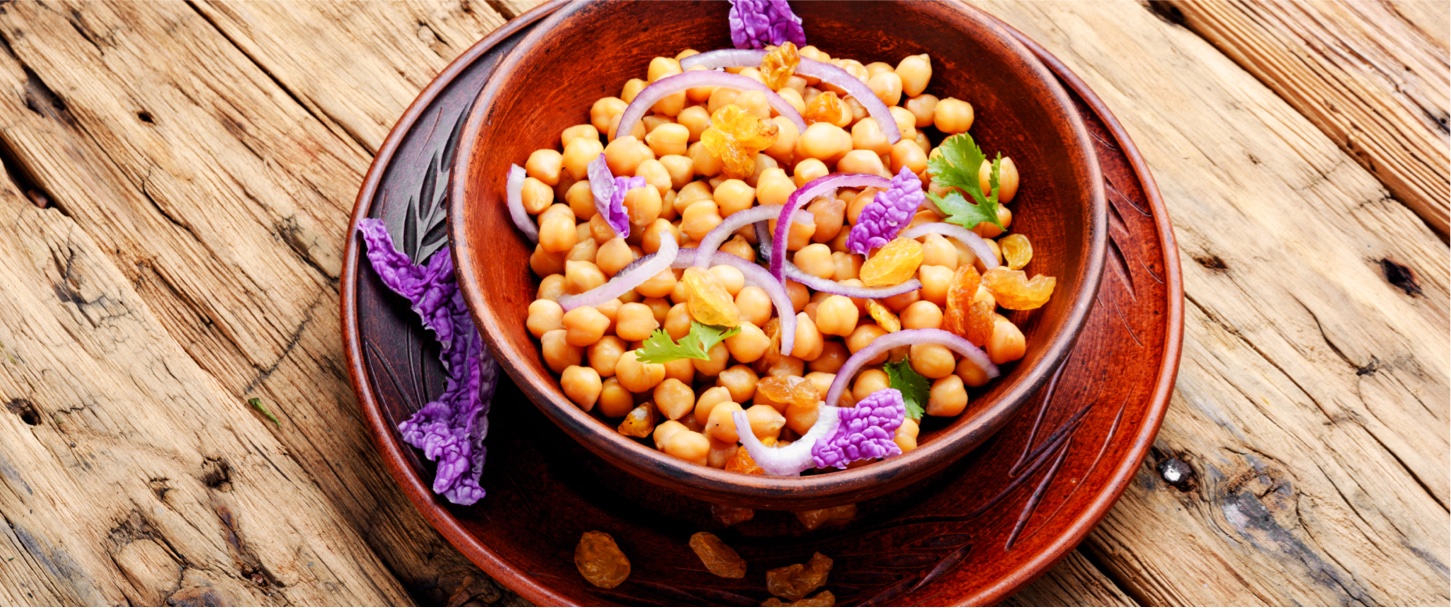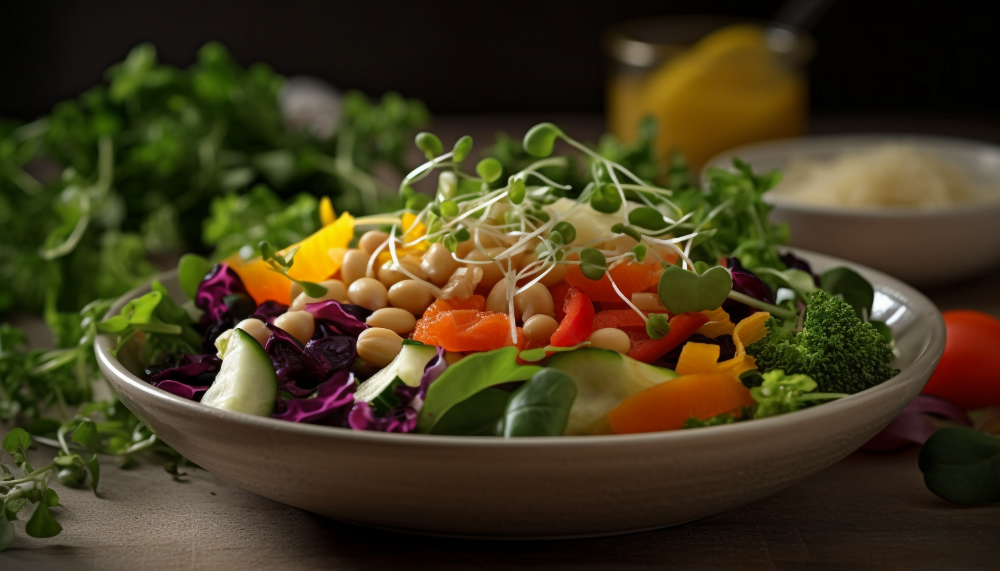I have had pet rabbits. One time our spotted pet rabbit got loose from her outdoor cage. A neighbor up the road found it and put it his rabbit cage overnight. The next day it was returned. About 30 days or so later we had a bunch of spotted babies! They are so cute!
I never could eat my pet rabbits. They are like my friends. We have had indoor rabbits too. My dad would go hunting so we had wild rabbit for dinner sometimes. Wild rabbit is not fatty at all. The local Indian farmer used to come by on his tractor and offer to buy the rabbits for food. I never could sell them!
Rabbits are a sustainable and nutritious source of meat, and raising them on your homestead can be a rewarding endeavor. With proper care and management, rabbits can provide a steady supply of lean protein for your family. In this article, we’ll explore the essential aspects of raising and caring for rabbits for food, emphasizing humane practices and sustainable approaches.
Choosing the Right Breed:
Consider meat rabbit breeds such as New Zealand White, Californian, or Rex. These breeds are known for their fast growth, large body size, and tender meat quality.

Proper Housing and Space:
Provide spacious and well-ventilated hutches or cages for your rabbits. Each rabbit should have at least 5 square feet of space. Ensure protection from predators and adverse weather conditions.
Nutrition and Feeding:
A balanced diet is crucial for the health of your rabbits. Provide high-quality rabbit pellets containing essential nutrients. Supplement their diet with fresh hay, vegetables, and fruits. Fresh, clean water should be available at all times.
Breeding Management:
Plan your breeding program carefully. Avoid inbreeding by introducing new bloodlines to maintain genetic diversity. Be aware of the gestation period (around 31 days) and prepare a comfortable nesting box for the pregnant doe.
Health and Care:
Regular health checks are essential. Look out for signs of illness, parasites, or injuries. Provide a clean environment to prevent diseases. Trim their nails and check their teeth regularly.
Humane Slaughter:
If you’re raising rabbits for meat, it’s crucial to approach the process with respect and humanity. Research and learn about humane slaughter techniques to minimize stress and pain for the animals.
The preferred method to kill a rabbit is dislocation of the neck. The rabbit is held firmly by the rear legs and head; it is stretched full length. Then with a hard, sharp pull, the head is bent backward to dislocate the neck. The rabbit can also be struck a hard, quick blow to the skull behind the ears. A blunt stick or side of the hand is commonly used to incapacitate the rabbit. Both methods quickly render the rabbit unconscious. Learn more here.
Utilizing All Parts:
Respect the life of the animal by utilizing all parts. Rabbit meat is versatile and can be used in various recipes. The pelts can be tanned and used for clothing or crafts, and rabbit manure makes excellent fertilizer for your garden.

Sustainable Practices:
Implement sustainable practices such as composting rabbit manure to enrich your soil naturally. Consider integrated rabbit farming systems where rabbit droppings can be used to feed earthworms or fish in aquaponic setups.
Teaching and Learning:
Educate yourself and your family about rabbit care and management. Teach your children the importance of raising animals ethically and sustainably. Share your knowledge with the community to promote responsible rabbit farming.
Local Regulations and Ethical Considerations:
Understand and comply with local regulations regarding raising animals for food. Consider the ethical implications of raising animals for slaughter and ensure that you are comfortable with the process.
Raising and caring for rabbits for food can be a fulfilling and ethical way to provide for your family while embracing sustainable homesteading practices. By prioritizing the well-being of the animals, implementing sustainable techniques, and respecting every part of the rabbit, you can create a harmonious and productive system that benefits both your household and the environment.
